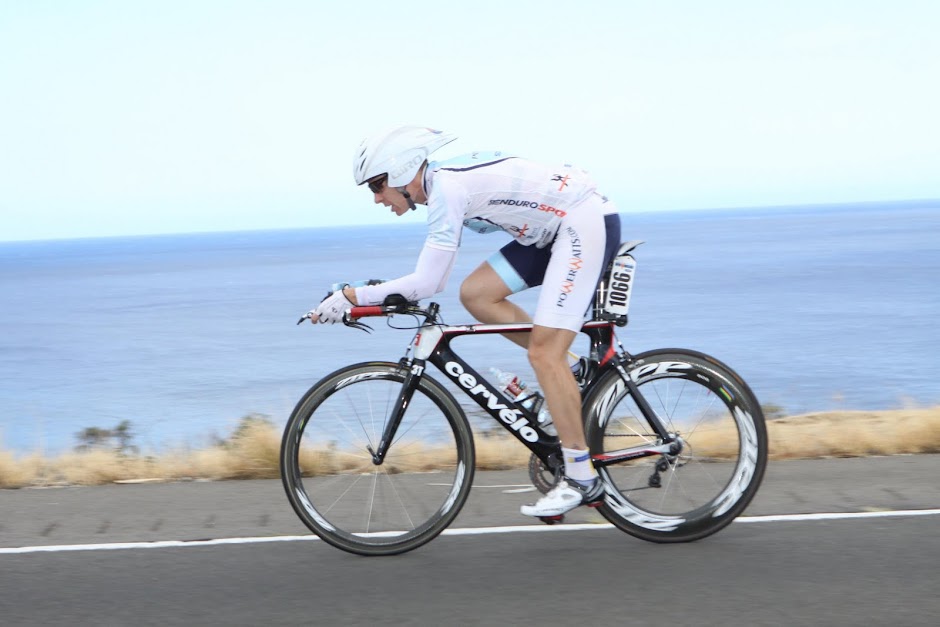I am liking this writing RE: the theme of *DO THE WORK* so I think I will make a commitment to continue this theme throughout the season. If you are an Ironman triathlete and reading, think of it as free coaching maybe? If you are family, think of it as "yes, its true, he's crazy". Or if you are reading for giggles, I hope now and again I might motivate you to get outside and love fitness.
This week's theme is a week in the life of DO THE WORK. I've had an unconventional past 9 weeks. I had 2 weeks of good training, then a week off with a bad cold. Then another 2 weeks of good training and again, a week off with a bad cold. Then back on training for a pretty good 2 weeks of training and BOOM, being 40+ rears its ugly head and I throw my back out. Again, another week completely off. This is not optimal DO THE WORK preparation. But it does teach me to live in the day, I can't change what I missed in training, I can only train what I can do today in preparation for tomorrow.
So my back got a lot better after some great massage and ART by my friends at Athletic Edge Sports Medicine. Helen is the best RMT; Rosti's chiropractic/Athletic Release Therapy (ART) put me right and of course, and Dr. Grant Lum is world class sport's medical Dr. After a week with them, some acupuncture, ART, and massage I was ready to get back to work.
My past week of training, and in fact all my training, is available for full view on Training Peaks by clicking here. It also linked to the right sidebar for review throughout the year.
DO THE WORK lesson for winter training:
- Winter months afford the opportunity to improve your weakness.
- Winter months need a spring racing goal to keep you motivated.
Therefore, my two goals through to mid March is to, a) build swim fitness for the season; and, b) get ready for a fast Around the Bay. To that end, DO THE WORK this past week consisted of key swim and run workouts.
- 5 swims totally 13.9KM with a key workout Sunday morning with the Kim Lumbson Masters swim club as follows:
- 1000 swim
- 1000 pull with paddles
- 2*500
- 4*100 on 1:35
- 5 runs including my first run over 1 hour since Hawaii
- 3 treadmills runs for precise pace & HR training (minimum 1% grade at all times)
- 1 run off the bike Saturday
Now it is Sunday night so I will sip a nice California Cabernet and take a look at my work and family commitments for the coming week and work my program. Again, family and work make the world go around so I can race. It is priority #1, and #2. So, Thursday night I have a family commitment at Duke's Cycle to get Meredith fitted on a new bike! And, I have an all-day business meeting which means my opportunity to get to the gym over lunch is not available on Wednesday. So, I build my program around that.
When thinking about your training program, and what it takes to meet your goals, make sure you:
- plan ahead
- believe
- execute
- and keep perspective (for example, if you miss a whole week of training!)
